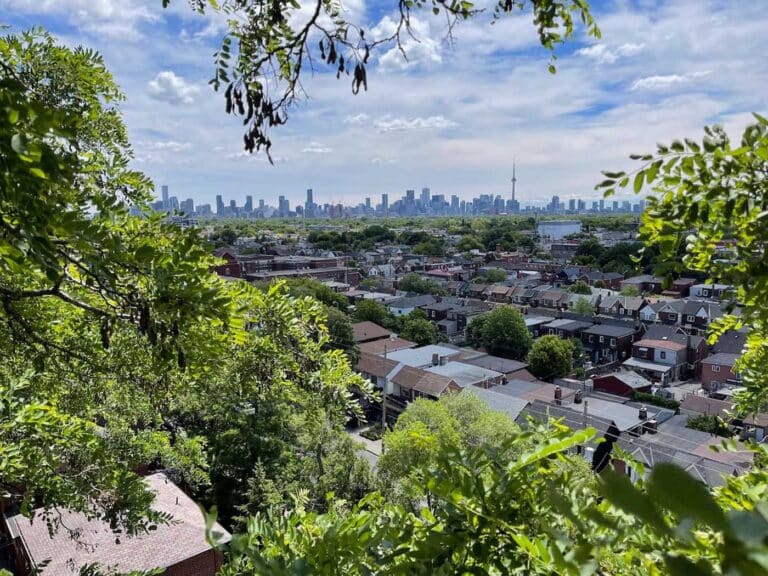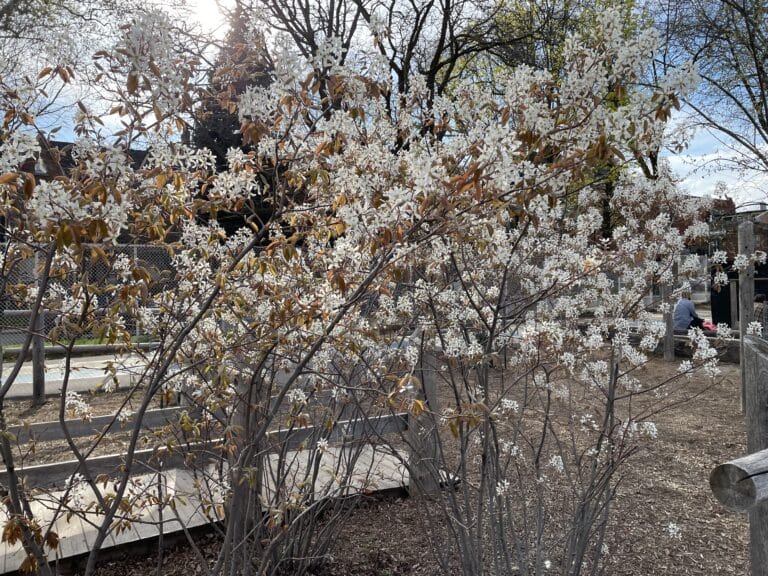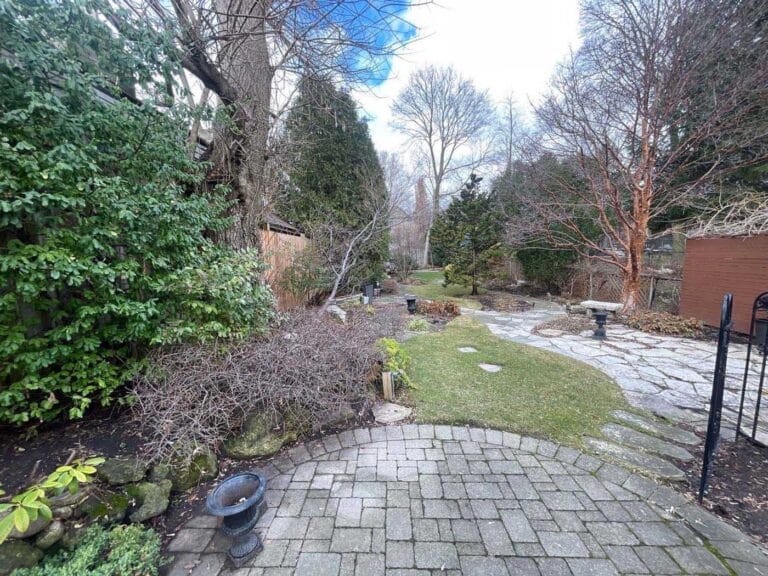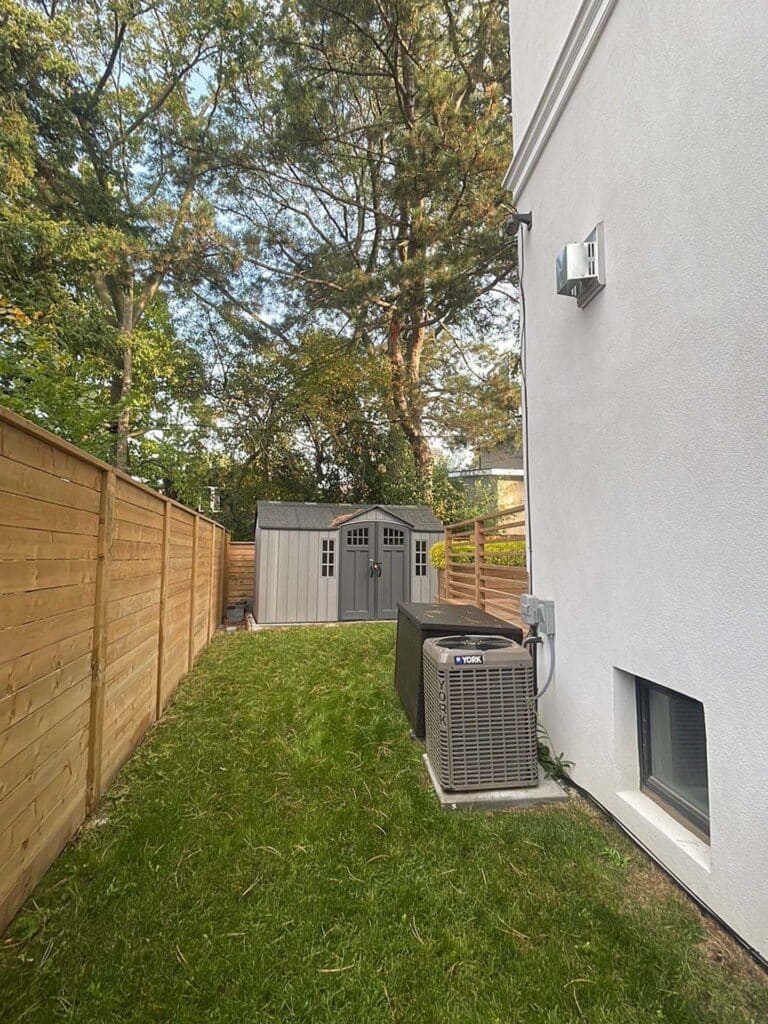Supporting Toronto’s biodiversity isn’t just an environmental goal—it’s essential for maintaining healthy urban ecosystems, improving air quality, and fostering resilient communities. This FAQ offers quick insights into how you can contribute to Toronto’s green future. For in-depth strategies, explore our related tree services.
1. Why is Toronto biodiversity important in 2025 and beyond?
Biodiversity is essential for maintaining clean air, regulating urban temperatures, and supporting wildlife in Toronto. It strengthens ecosystem resilience against climate change and expands green spaces in the city. Residents can play a role by planting native trees and monitoring local wildlife to support biodiversity efforts. Businesses can also contribute through commercial tree maintenance.
2. What native trees are best for biodiversity in Toronto?
Native species like bur oak, serviceberry, and tamarack are ideal for enhancing biodiversity. They provide food and habitats for pollinators and birds while thriving in Toronto’s urban conditions. For personalized advice, explore our tree planting services or learn more about urban forest consulting.
3. What challenges threaten biodiversity in Toronto?
Key threats include invasive species like Norway Maple, habitat loss from urban development, soil compaction, and climate change. These issues limit wildlife habitats and reduce ecosystem diversity. Learn how our invasive species management and tree risk assessments can help protect your green spaces.
4. How does tree planting support biodiversity goals?
Tree planting supports biodiversity by creating habitats, stabilizing ecosystems, and improving air and soil quality. Native species like bur oak can support hundreds of insect and bird species, fostering healthier urban ecosystems. Discover how our commercial tree planting services can make an impact for both residential and commercial properties.
5. How does Toronto’s climate affect tree planting for biodiversity?
Toronto’s variable climate, including urban heat islands and heavy storms, makes selecting resilient species critical. Trees like tamarack and silver maple adapt well to these conditions. Regular tree health consultations ensure long-term survival and biodiversity support, especially for businesses managing large properties.
6. What is Tree Equity, and why is it important in Toronto?
Tree Equity ensures all neighborhoods benefit from equal tree coverage, improving air quality, reducing heat islands, and supporting biodiversity. Areas with low canopy coverage benefit from targeted planting efforts. Support equity initiatives through tree planting services in your community, and consider commercial maintenance for sustainable green infrastructure.
7. How can I contribute to biodiversity efforts in Toronto?
You can plant native trees, remove invasive species, and participate in citizen science projects. Consider tree risk assessments to maintain healthy, safe trees that support local wildlife. Businesses can support biodiversity through corporate tree care programs.
8. How does Toronto’s Ravine Strategy support biodiversity?
Toronto’s Ravine Strategy focuses on restoring ravine ecosystems through invasive species removal, native planting, and wildlife corridor protection. Residents can get involved by volunteering for habitat restoration or participating in tree planting initiatives. Property managers can enhance biodiversity through urban forest consulting.
9. What tools can I use to monitor biodiversity in my backyard?
Apps like iNaturalist and Merlin Bird ID help identify species and track biodiversity. For a healthier backyard ecosystem, consider tree health consultations to support native plants and wildlife.
10. How is Toronto addressing invasive species to improve biodiversity
Toronto combats invasive species like Norway maple and buckthorn through targeted removal programs. You can contribute by reporting invasive species and consulting with us for invasive species management. Commercial properties benefit from proactive landscape maintenance plans.
11. How can Vista Tree help with biodiversity on my property?
Want to support biodiversity on your property? Our certified arborists provide expert tree planting, invasive species management, and tree health consultations tailored to Toronto’s ecosystems. We also offer specialized commercial tree services to support sustainable business practices. Contact us today for personalized advice.








